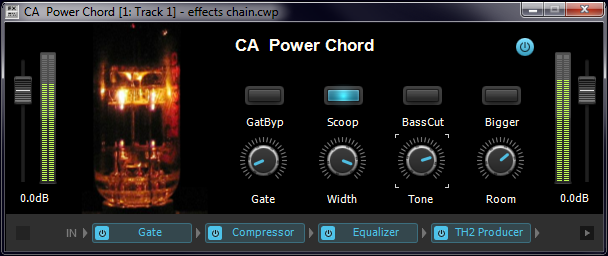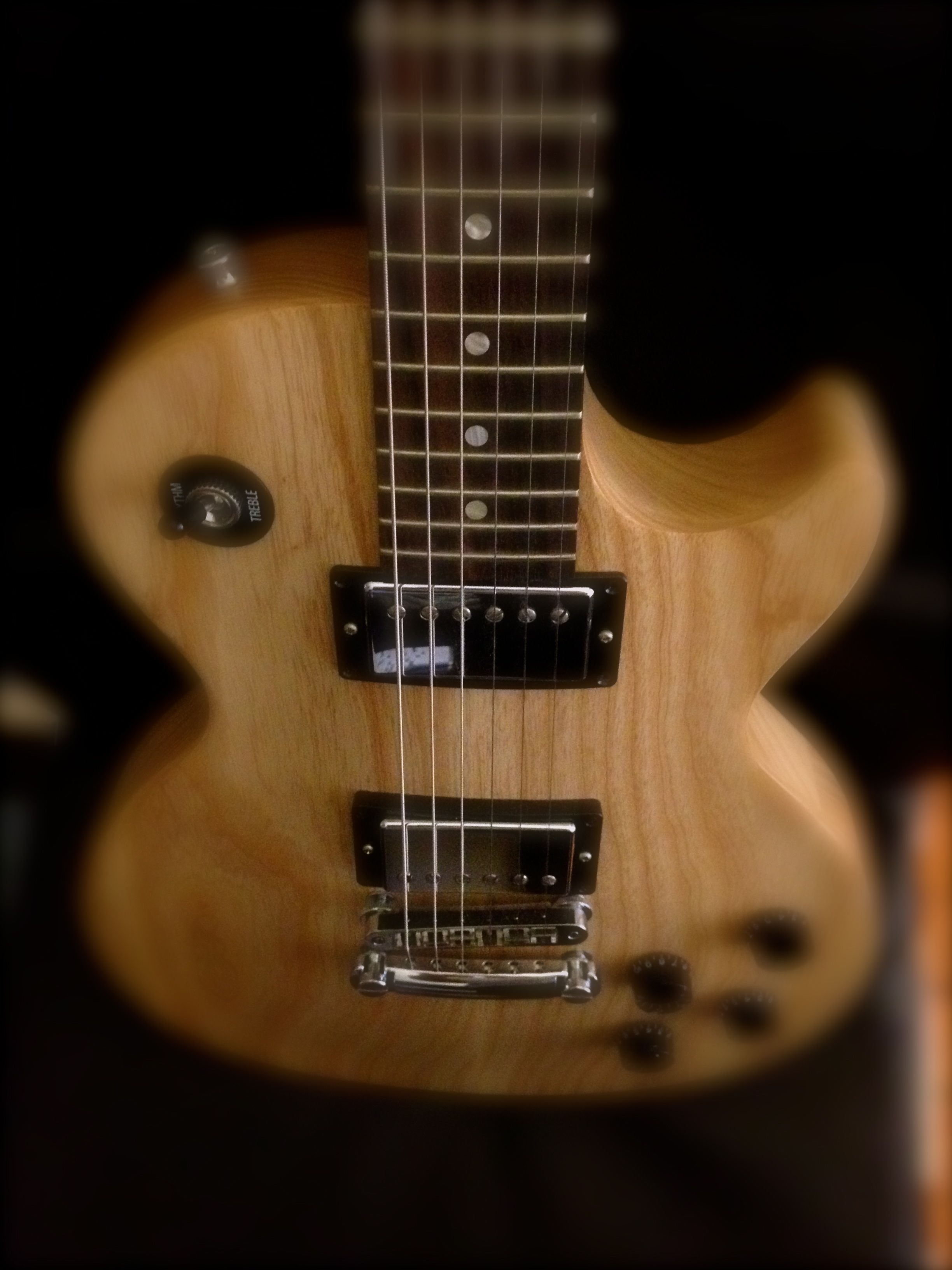You know you want it…there’s something irresistible about a greasy wah effect
by Craig Anderton
Some people think all you really need for a wah sound is to set a parametric EQ to bandpass with a fairly high Q, and sweep it back and forth. However, a vintage wah’s bandpass filter has a skirt that rejects high and low frequencies, which doesn’t happen with a parametric EQ’s bandpass response.
I came up with a technique that does the vintage wah effect quite well by copying a guitar track and flipping it 180 degrees out of phase so the signal canceled. Then, I’d set one track’s parametric to bandpass with a fairly high Q and sweep it. Because the only difference between the two channels was the bandpass peak, that’s all you heard—the highs and lows canceled out.
The VC-64 is ideal for this application, because it has two parallel paths and you can throw one of them 180 degrees out of phase. However, it’s a very Continue reading “Anatomy of an FX Chain: CA Vintage Wah (Free Download)”






